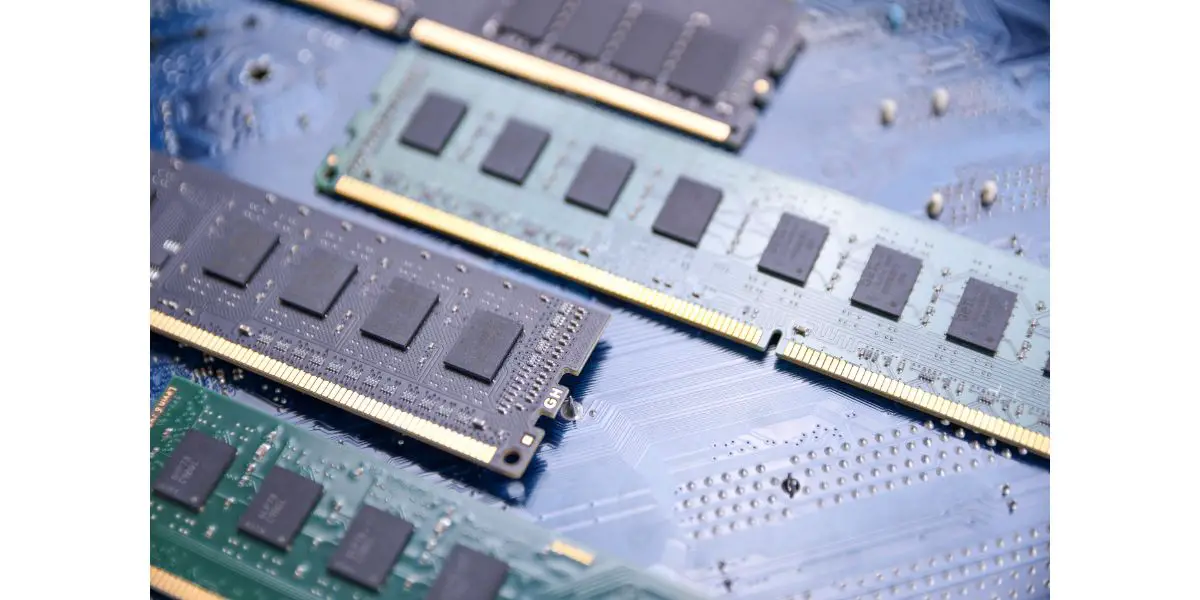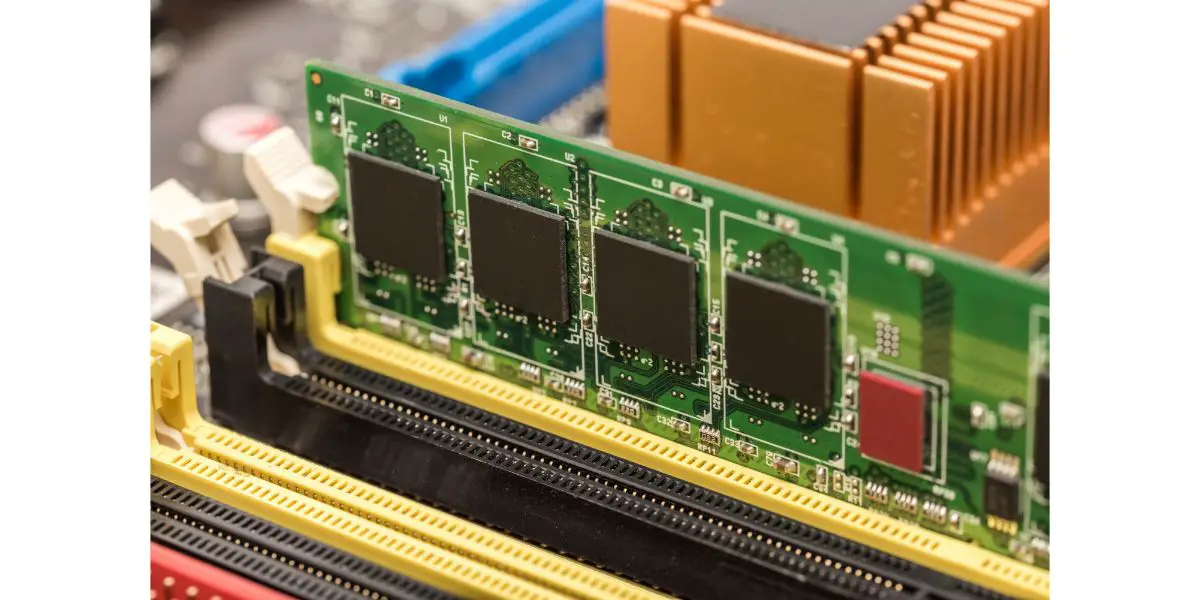Disclaimer: This post may contain affiliate links, meaning we get a small commission if you make a purchase through our links, at no cost to you. For more information, please visit our Disclaimer Page.
RAM is more expensive than solid state drives (SSDs) because of their low latencies and durability to withstand large numbers of reads and writes. SSDs with a limited number of write cycles will fail quickly, especially since performing multiple operations simultaneously on SSDs reduces performance.
This article will go in-depth to highlight why RAM costs more than SSDs. I’ll also explain why you can’t use SSDs in place for RAM sticks in your system.
Table of Contents
What Makes RAM Cost More Than SSDs?
If you’ve used systems with hard disk drives (HDDs) – those old storage devices with the spinning platter– you’ll know how slow your computer becomes over time.
Switching to SSDs is a game changer as your operating system (OS), and applications open within a few seconds. The computer is responsive, and if you play video games, you’ll notice that loading screens are a thing of the past.
When you look at the market prices for random access memory (RAM) sticks and solid state drives (SSDs), you’ll notice a significant difference in gigabytes (GB) per dollar.
RAM sticks come in sizes of 4 GB and can go all the way to 512 GB, whereas, for SSDs, it’s between 120 GB – 8 terabytes (TB).
Although SSDs were expensive initially, they’ve become relatively cheap. You can get a 1TB SSD for under $100. However, if you get RAM with similar capacity, say four sticks of 256 GB each, you’ll be spending tens of thousands of dollars.
Sure, RAM uses expensive manufacturing techniques and machines, but if you look at SSDs, you’ll notice that they also require expensive manufacturing.
So what gives — why are you paying more for RAM even though storage has become relatively cheap over the years? I’ve highlighted three reasons to help you understand why large-capacity RAM sticks are still expensive compared to SSDs.
Low Latency
The main reason RAM costs more per GB, unlike SSDs, is the latency.
Your system’s Central Processing Unit (CPU) relies on quick access to data for various operations. If there is a delay in how quickly it can get this information, it will have to wait. This waiting is problematic as it slows down various operations in the computer.
Let’s assume that the system you’ve built only uses SSDs for this process. If you were to look at the latency of these storage devices, it is usually measured in microseconds (μs), which is 10-6 (1/1000000) of a second.
Although this is relatively fast, it isn’t enough for CPUs. These days, processors have become so quick that you’ll notice significant slowdowns in any task if you use SSDs as RAM.
One thing to remember is that the faster the CPUs can access data, the more it can stretch its legs (i.e., better performance). This data access is one area where high-speed RAM is essential.
When measuring the latency of RAM, it is done in nanoseconds (ns), which is 10-9 (1/1000000000) of a second. To put this into context, one nanosecond is 0.001 microseconds. In other words, RAM speeds are at least 1000 times faster than SSDs.
What will happen when you use SSDs instead of RAM? The higher latency means your CPU will have to wait quite a bit before it can execute the next operation. This delay makes the process inefficient.
High Durability for Frequent Random Read and Writes
Another factor that comes into play when considering the high cost per GB of RAM sticks is durability. The durability is essential as your CPU will complete multiple operations simultaneously when you use your system.
For these operations, the CPU will require significant amounts of data to be written and read from the storage device.
SSDs have a limit to how much data you can write over time, which is measured in Terabytes Written (TBW). Generally, these storage devices must erase existing data before storing information. For this process, it needs to delete several bytes of data.
The endurance of SSDs is known as program and erase (P/E) cycles. Depending on the manufacturing process, the number of P/E cycles varies significantly.
For example, if you use a 128 GB serial advanced technology attachment (SATA) SSD using triple-level cell (TLC) storage, it will have an average endurance rating of 80 TBW.
Although this is a lot, you must remember that SSDs must delete several bytes, even if it only has to store a single byte.
If you use SSDs as RAM, the system will hit this limit quickly. As a result, the storage devices will become unreliable and cause errors. RAM doesn’t have this problem as it is designed to handle large volumes of small bytes of data instead of storing large bytes of information.
Since the failure rate of SSDs will increase, you’ll have to replace the old storage devices frequently, which will become an expensive endeavor that adds up over time.
Performance Is Reliable
Although SSDs boast impressive random read and write speeds compared to HDDs, you won’t get the same performance forever. However, you can still saturate these speeds if you perform multiple functions on the storage device at the same time.
If you have an SSD without Dynamic Random Access Memory (DRAM), you’ll notice that the storage unit slows down.
This slowing is because the SSD has to delete data to write new data, which I’ve highlighted earlier. Learn more about SSDs and how they work in this article, where I’ve explained why SSDs degrade over time.
As RAM doesn’t function like SSDs, it can handle many operations without slowing down. So a RAM will always perform reliably for a significant period, as opposed to an SSD used in that position, which will fall apart with time.
Final Thoughts
Although SSDs and RAM sticks require semiconductors, you cannot use them interchangeably in your computer. RAM is designed to handle large volumes of data, writes, and erases, but If SSDs had to do the same, you’d cross their endurance rating, and the storage devices will become unreliable.


